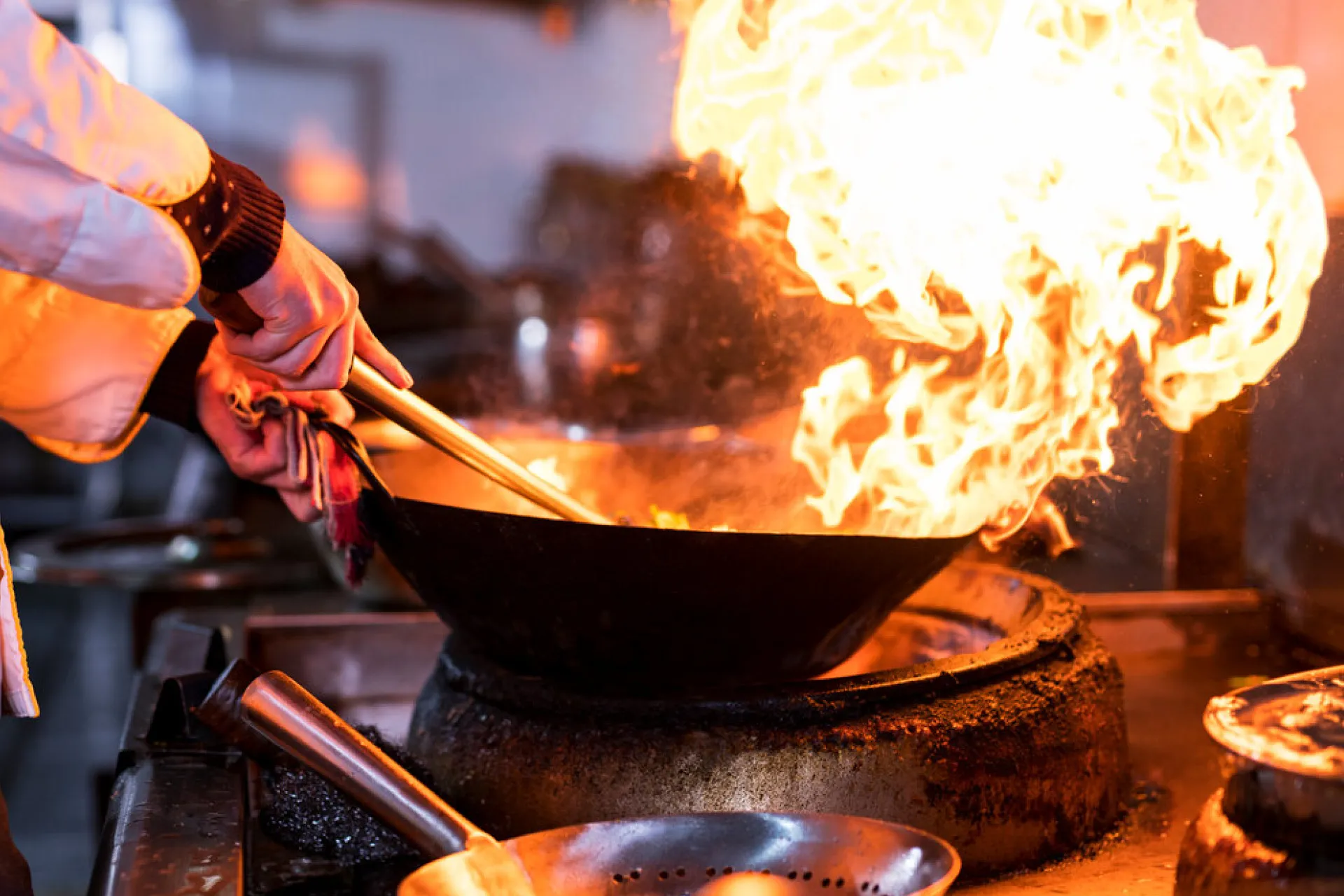Quick service restaurants (QSRs) across the UK are facing mounting pressure in 2025. Consumer wallets are under strain, operational costs are shifting, and competitive dynamics are evolving fast.
So what exactly is driving QSR pricing decisions in this market? And how can brands protect value while staying relevant to the British consumer?
Consumer demand is softening, but not collapsing
UK consumers are feeling the pinch. According to the British Retail Consortium, 62% believe the economy has worsened this year. The rising cost of living remains the top concern, followed by interest rate pressure, political instability, and trade policy changes.
Still, the outlook isn’t all bad. In May, people spent a little more on travel, entertainment, and personal experiences. Dining out and takeaways held steady. Consumers may be cautious, but they’re still willing to spend when it feels worthwhile.
The challenge for QSR brands is making their offer stand out in this value-sensitive landscape.
In a recent live poll we ran during a QSR industry conference, UK operators pointed overwhelmingly to consumer sentiment and overall wallet pressure as the most pressing pricing concern in 2025. Other key themes included government-related cost pressure, willingness to pay for price changes, and supply chain strain. While topics like tariffs and grocery competition ranked lower, the poll highlights a broad mix of structural and behavioral forces that brands must navigate to remain competitive.
Delivery, dine-in, and digital must work together
The UK’s multi-channel landscape continues to evolve. Third-party platforms, delivery, and dine-in all play different roles, but managing them separately creates risk.
Chasing short-term margins, especially through third parties, can lead to fragmented customer experiences. Operators need to strike a balance between simplicity and differentiation. The recommendation is clear: set structured checkpoints throughout the year to assess whether your channel strategy still supports your long-term direction.
Grocery is claiming a bigger share of lunch
Competition is no longer just from the QSR next door. Supermarkets and convenience stores are gaining ground in out-of-home eating, especially at lunchtime.
The proposition is familiar but getting sharper. Better food-to-go options, increased presence on delivery platforms, and price-point clarity are pushing retailers closer to the QSR occasions. According to Simon-Kucher analysis, premium grocery meals now range between £3.00 and £6.00. That overlaps directly with many QSR offerings.
The takeaway? The gap between QSR and grocery on value and quality perception is shrinking.
Inflation is easing, but price pressure remains
UK inflation is easing slightly. In April 2025, fast food and takeaway food services posted a 4.3% inflation rate. That rate has actually decreased from the previous month. Other categories, like restaurants and cafes (3.8%) and non-alcoholic beverages (5.7%), remain elevated.
Tariffs, post-Brexit adjustments, and broader regulatory factors also continue to influence input costs. However, UK-based supply chains have largely stabilized compared to the trade friction seen in other markets.
The smartest price increases are not always the most obvious
Not every price change needs to make headlines. In fact, the most effective ones often fly under the radar.
Operators should identify psychological price thresholds and work just below them. Segmenting product roles helps clarify which items drive traffic and which offer more pricing flexibility. Price architecture should consider not just the individual item, but its interaction across the menu.
Location matters too. Pricing clusters based on regional elasticity or store format can help protect volume while improving margin. Scenario planning 3–6 months ahead gives commercial teams the visibility needed to make decisions before cost changes land.
Promotions and loyalty require sharper focus
Promotional activity has too often been reactive. That’s changing fast.
Today’s leading operators are integrating promotions and loyalty directly into their pricing engines. Personalized offers, data-driven targeting, and stronger regulatory alignment are reducing waste and boosting ROI.
The most effective programs are not necessarily the most generous. They’re the most timely, well-targeted, and cost aware. As promotional intensity heats up, effectiveness may also change so it’s critical to constantly measure and refine.
How UK QSRs can protect value and grow in 2025
The UK QSR market in 2025 demands sharper thinking. Consumers are scrutinizing value, competitors are multiplying, and margins are under siege.
But uncertainty does not mean standing still. By staying close to consumer sentiment, tracking category-level inflation, and using precision tools to manage pricing, brands can strengthen their position and protect growth.
Now is the time to get sharper, not just cheaper.
Your partner in QSR growth through smarter pricing
We help quick service restaurants unlock sustainable growth through smarter pricing, promotions, and channel strategies. We combine advanced analytics with market insight to pinpoint the right price points, optimize menus, and align offers with what customers truly value.
From identifying high-margin items to designing loyalty programs and bundles that boost both satisfaction and revenue, we tailor strategies that deliver measurable results. Whether you're managing dine-in, delivery, or third-party platforms, our proven revenue management approach ensures pricing stays effective and coherent across every channel.








